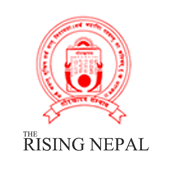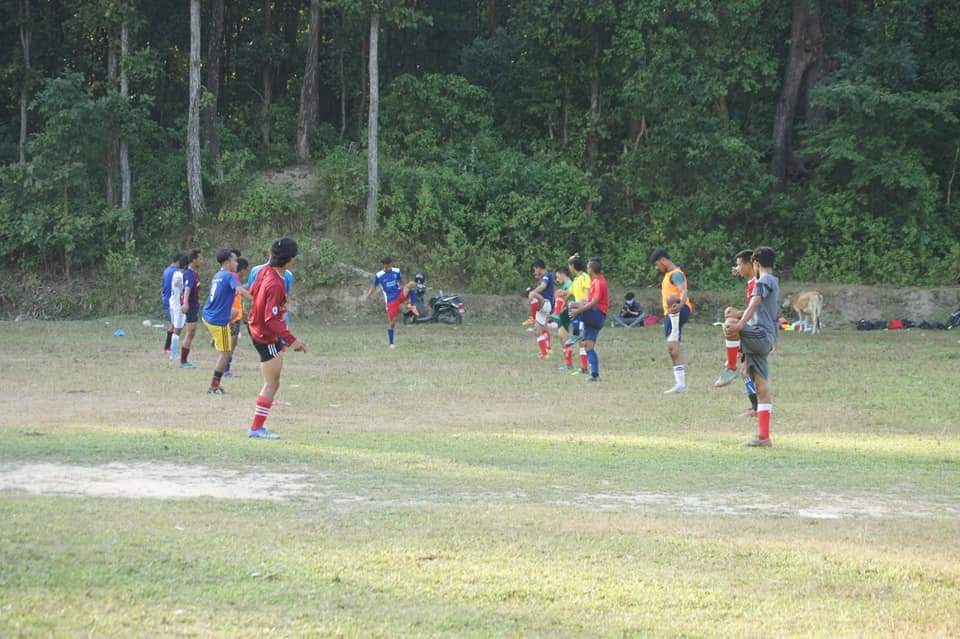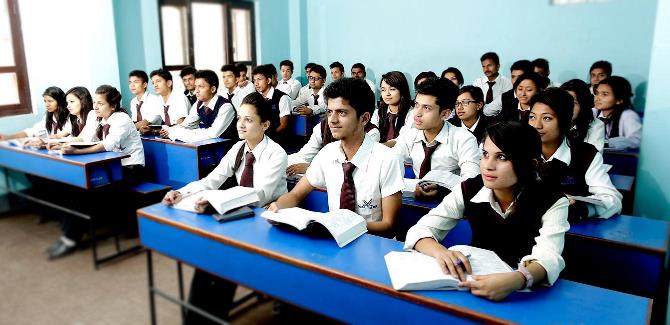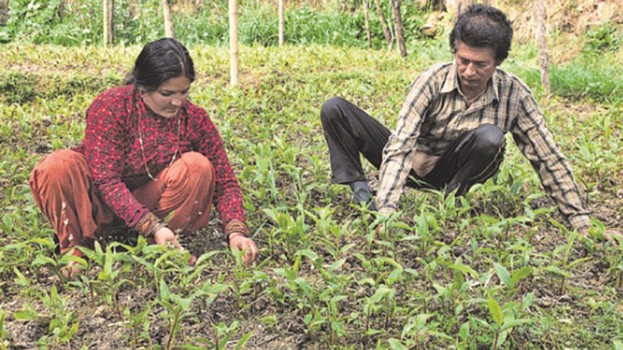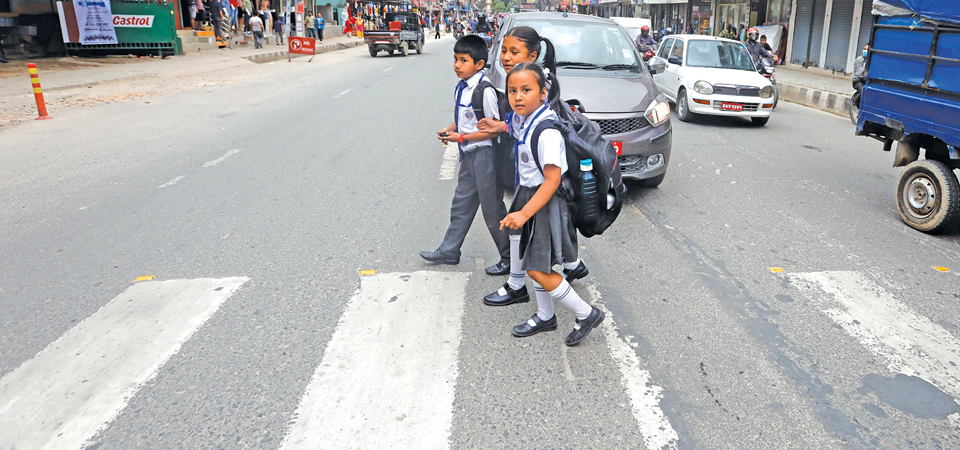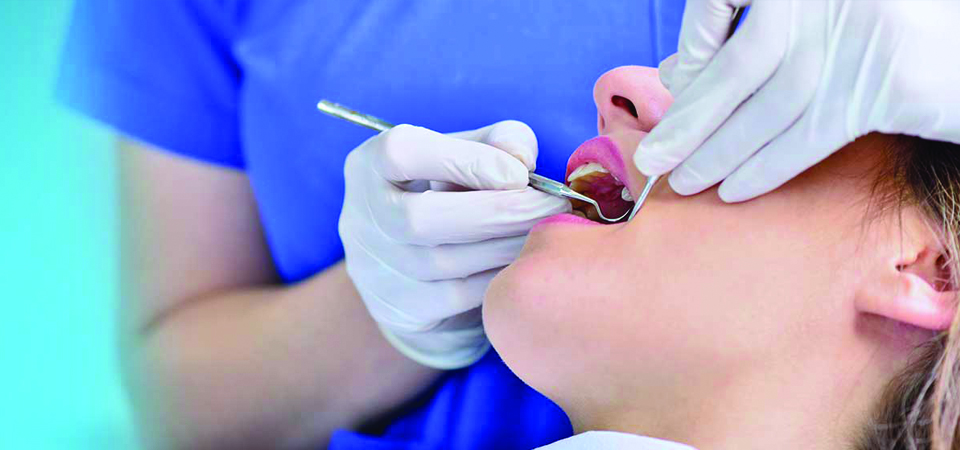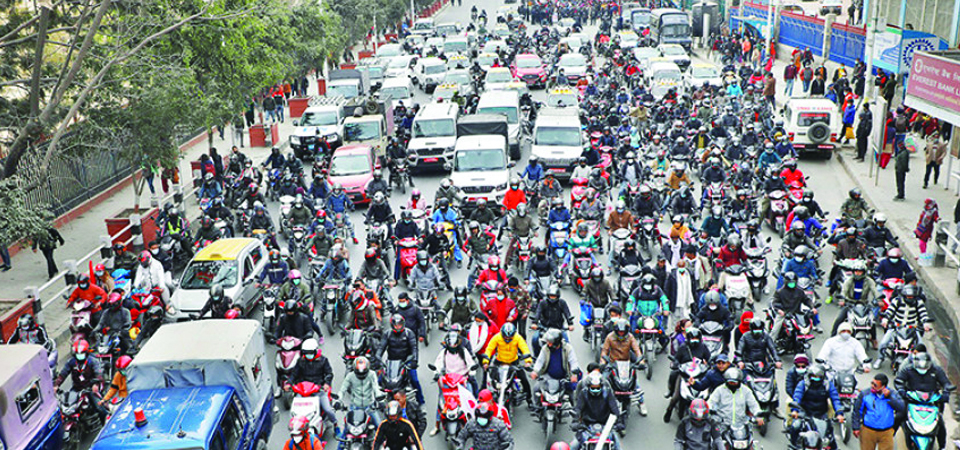Making local levels TB-free in two years is doable
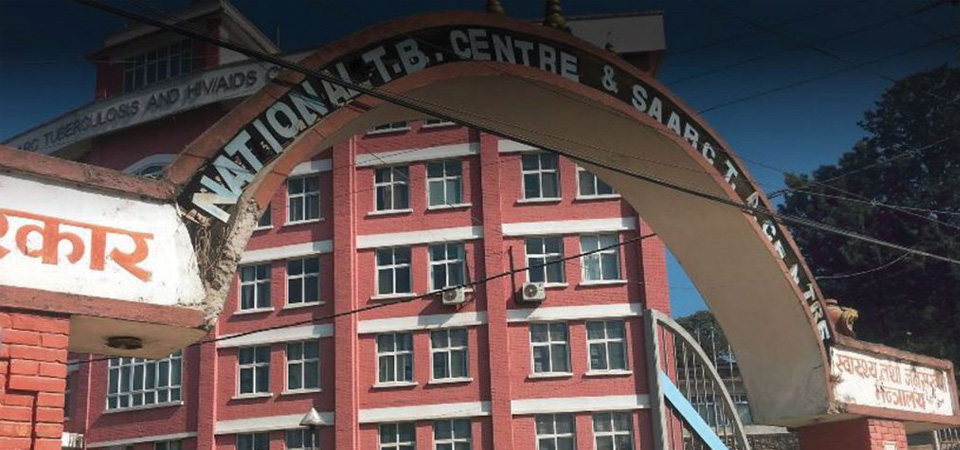
By Nayak Paudel
Kathmandu, June 19: The government, in its budget speech for Fiscal Year 2021/22, has stated that it will declare every local level Tuberculosis (TB) free in next two years. Point 37 of the speech informs that a budget of Rs. 1.46 billion has been earmarked for controlling diseases like malaria, AIDS and sexual diseases, leprosy and TB.
A TB prevalence survey by the National Tuberculosis Control Centre for 2020/21 estimates 68,000 new cases in the country. However, the Centre recorded only 27,232 new cases, including the relapse cases.
In recent years, the COVID-19 pandemic is said to have affected the diagnosis of TB, because of which fewer cases were recorded. In the previous years, the new cases numbered around 30,000-35,000 annually.
The estimation shows 68,000 annual new TB cases, but only half of that number is recorded officially. The plan to make all local levels free of TB in two years is ambitious but doable, said Dr. Anuj Bhattachan, Director of the National Tuberculosis Control Centre (NTCC).
“We have a mountain to climb, but we are determined to do it. We will intensify our effort to reach the goal,” Dr. Bhattachan said.
The data show that 47 people succumb to TB bacteria daily across the country. There are rising cases of multidrug-resistant or Rifampicin-resistant tuberculosis (MDR/RR-TB). MDR/RR-TB is caused by TB bacteria that are resistant to at least Isoniazid and Rifampin, the two most potent TB drugs.
As per the experts, the ones resistant to the TB drugs are hard to treat, because of which they are kept under extensive surveillance by medical personnel at Directly Observed Therapy Short-course (DOTS).
DOTS are centres where medical personnel attend TB patients, keep record of their health situation and prescribe necessary medicines and healthy behaviours. At present there are 4,955 DOTS centres, up from 4,221 in 2017/18.
“We are committed to reducing the burden of TB. The DOTS centres will be expanded as per needs and we ensure availability of free medicines for the patients,” said Dr. Bhattachan.
The DOTS centres, which also treat AIDS patients, have been active even during the pandemic.
The World Health Organisation (WHO) also lists TB as one of the leading health hazards. India tops the TB’s burden list.
WHO states that about one-quarter of the world’s population has a TB infection, which means people have been infected by TB bacteria but are not (yet) ill with the disease and cannot transmit it. “TB spreads from person to person through air. When people with lung TB cough, sneeze or spit, they propel the TB germs into the air. A person needs to inhale only a few of these germs to become infected,” states WHO.
WHO and health experts suggest early diagnosis and treatment as an effective measure against the disease, as do the Nepali health experts.
“We will increase the diagnosis part now to record at least the estimated numbers officially. Awareness campaigns will be raised to motivate people to contact health centres for diagnosis by making them educated of the symptoms and causes of TB,” said Dr. Bhattachan.
At the same time, the centre also plans to establish permanent health desks at all border entry points to diagnose suspicious people for TB, since India has a very high burden of TB. That can go a long way to reducing the TB cases in Nepal.
Recent News

Do not make expressions casting dout on election: EC
14 Apr, 2022
CM Bhatta says may New Year 2079 BS inspire positive thinking
14 Apr, 2022
Three new cases, 44 recoveries in 24 hours
14 Apr, 2022
689 climbers of 84 teams so far acquire permits for climbing various peaks this spring season
14 Apr, 2022
How the rising cost of living crisis is impacting Nepal
14 Apr, 2022
US military confirms an interstellar meteor collided with Earth
14 Apr, 2022
Valneva Covid vaccine approved for use in UK
14 Apr, 2022
Chair Prachanda highlights need of unity among Maoist, Communist forces
14 Apr, 2022
Ranbir Kapoor and Alia Bhatt: Bollywood toasts star couple on wedding
14 Apr, 2022
President Bhandari confers decorations (Photo Feature)
14 Apr, 2022
